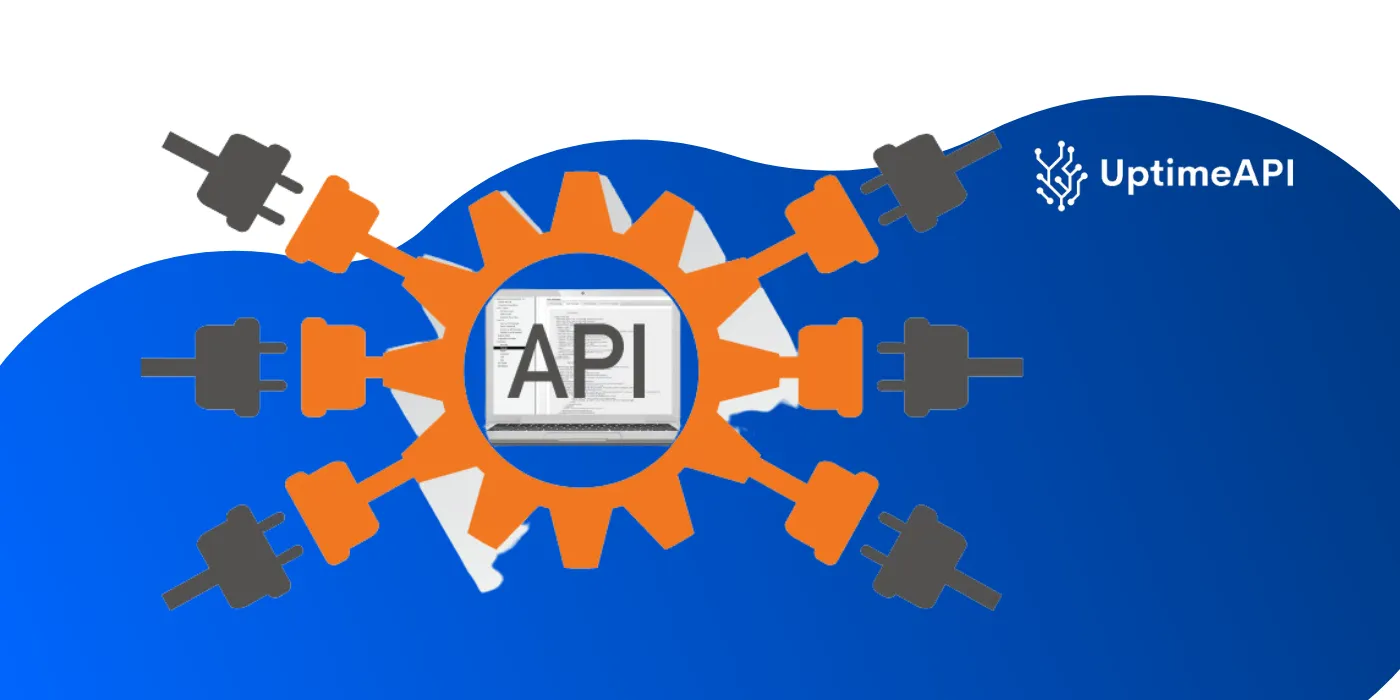REST API Monitoring Tool: Advantages Of Using It

In today's digital age, where the smooth operation of online services is crucial for businesses, the reliability and performance of APIs cannot be overstated. Among these APIs, REST (Representational State Transfer) APIs stand out for their simplicity and effectiveness in facilitating communication between software systems. However, like any technology, REST APIs are prone to issues such as downtime, latency, and errors. This is where REST API monitoring tools, like Uptime API, come into play, offering a range of advantages to businesses and developers alike.
Understanding REST API Monitoring Tools
Before exploring the benefits, it's important to grasp what REST API monitoring tools are and how they function. Essentially, these tools are software solutions designed to continuously monitor the performance and availability of REST APIs. They achieve this through various monitoring techniques, including endpoint testing, response time tracking, error detection, and alerting mechanisms, ensuring that APIs operate as expected.
Advantages of Utilizing a REST API Monitoring Tool
- Enhanced Reliability: By monitoring REST APIs in real-time, businesses can ensure high reliability and availability of their services. Any downtime or performance degradation can be swiftly detected and addressed, minimizing service disruptions and enhancing user experience.
- Faster Issue Resolution: REST API monitoring tools provide insights into API performance metrics, such as response times and error rates. This enables developers to identify and troubleshoot issues more efficiently, reducing mean time to resolution (MTTR) and minimizing business impact.
- Scalability Optimization: As businesses scale their operations, the demand on REST APIs increases. Monitoring tools help assess API scalability by tracking performance metrics under varying loads, enabling proactive optimization to maintain optimal performance levels.
- Cost-Efficiency: Downtime or performance issues with REST APIs can lead to revenue loss and damage to brand reputation. Investing in a reliable monitoring tool, such as Uptime API, helps mitigate these risks, avoiding costly downtime and emergency fixes, ultimately saving both time and resources.
- Compliance and SLA Management: Many businesses operate under service level agreements (SLAs) that define acceptable levels of service uptime and performance. REST API monitoring tools assist in ensuring compliance with SLAs by continuously monitoring key performance indicators (KPIs) and providing detailed reports, fostering trust and transparency with customers.
- Predictive Maintenance: Advanced REST API monitoring tools leverage machine learning algorithms to analyze historical performance data and predict potential issues before they occur. By identifying patterns and trends, these tools enable proactive maintenance, preventing service disruptions and optimizing resource utilization.
- Insights for Continuous Improvement: Continuous monitoring of REST APIs generates valuable insights into usage patterns, performance bottlenecks, and user behavior. Businesses can leverage these insights to make data-driven decisions for optimizing API design, infrastructure allocation, and overall service delivery, driving continuous improvement and innovation.

Conclusion
In today's interconnected digital landscape, where APIs serve as the backbone of software systems, ensuring their reliable performance is paramount. REST API monitoring tools, such as Uptime API, play a critical role in maintaining the health and availability of these essential services. By providing real-time insights, proactive issue detection, and predictive capabilities, these tools empower businesses to deliver exceptional user experiences, optimize resource utilization, and stay competitive in the market. Investing in a robust REST API monitoring tool can yield significant returns in terms of improved reliability, faster issue resolution, and overall business efficiency.